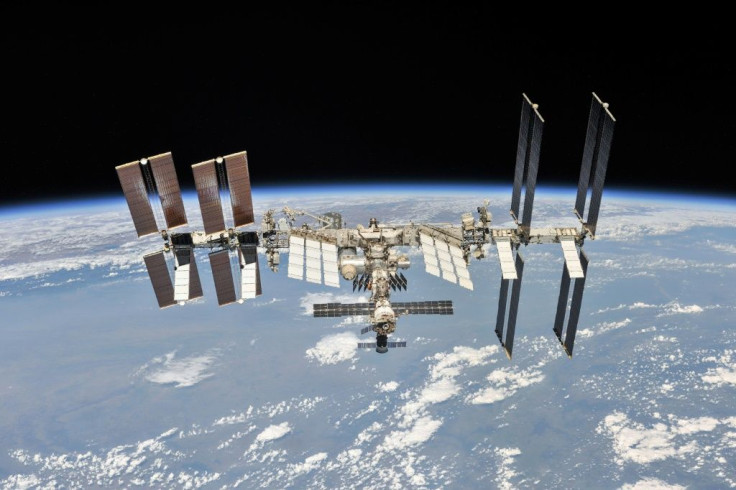This Is How The International Space Station Avoids Asteroid Impacts

KEY POINTS
- It is not uncommon for the ISS to get hit by small asteroids
- A special system monitors the ISS' surrounding areas
- The ISS will be moved if an approaching asteroid has been detected
Given the number of asteroids that approach and hit Earth on a daily basis, it’s surprising to see how the International Space Station (ISS) manages to stay safe from the whizzing space rocks. According to an official from NASA, there is a special system in place that protects the ISS and its crew from asteroid impacts.
Construction of the ISS began in 1998. Since then, it has grown into a massive station in low-Earth orbit. Spanning almost 240 feet, the ISS seems like a pretty big target for asteroids in space.
In fact, due to its size, it’s not uncommon for the massive station to get hit by small asteroids from time to time. One of the most notable impacts happened in 2012 when a tiny space rock hit the window of a module on the ISS.
To prevent an air leak and loss of pressure inside the station, an emergency shutter was immediately pulled over the window. Fortunately, the minor damage on the window did not cause a leak.
Then, in 2013, an asteroid created a bullet-sized hole on one of the ISS’ solar arrays. Based on the effect of the impact, the station’s astronauts noted that it would have caused serious problems if it hit the ISS’ hull.
For larger asteroids, however, the ISS relies on a special system designed to prevent a catastrophic impact. According to Daniel Huot, the public affairs officer for NASA, the U.S. Space Surveillance Network monitors the immediate area surrounding the ISS.
This zone, which has a radius of a few kilometers from the station, is regularly checked to see if a large-sized asteroid or space debris will enter it. If the system detects that an asteroid has a good chance of entering this area, the ISS will use its thrusters to move out of the way.
“The ISS will normally maneuver away from the object if the chance of a collision exceeds 1 in 10,000,” Huot told IFL Science. “It typically happens about once a year [although no such maneuvers were done in 2016]. There have been 23 debris avoidance maneuvers in the station’s history.”
© Copyright IBTimes 2025. All rights reserved.





















